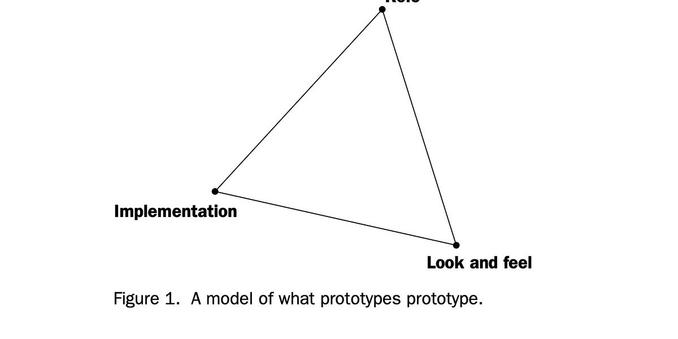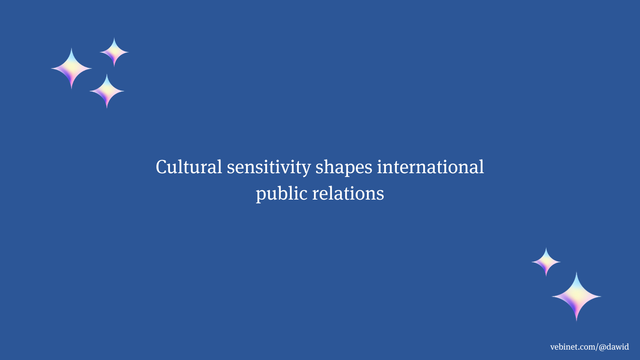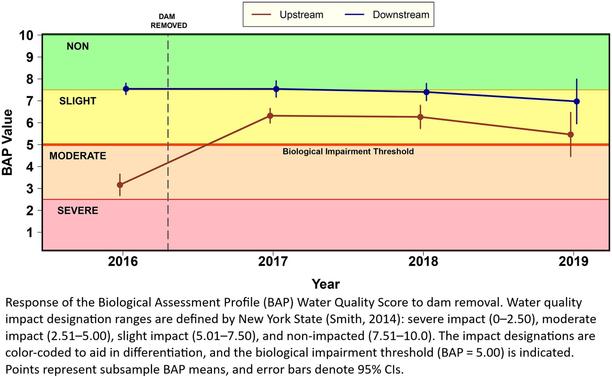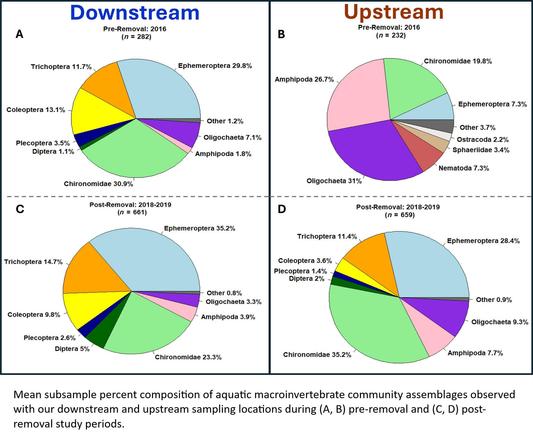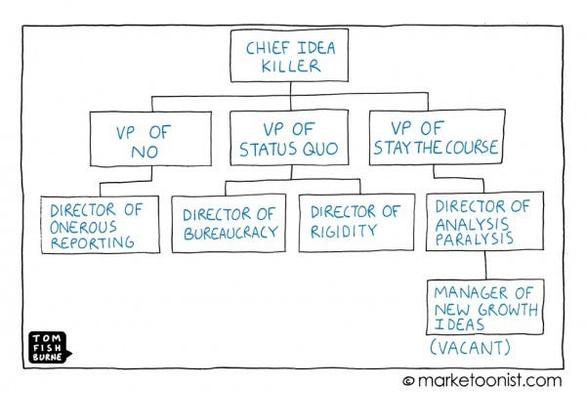Cultural sensitivity functions as an important pillar of effective international public relations, shaping the way organizations communicate, build #trust, and sustain relevance across increasingly diverse audiences. In a globalized world where #brands interact with stakeholders spanning continents, ethnicities, religions, and social norms, the ability to recognize, respect, and adapt to cultural nuances is no longer optional—it is a strategic imperative.
At its core, cultural sensitivity refers to an #awareness of and respect for the values, beliefs, customs, and communication styles that differentiate one cultural group from another. In public relations, this awareness translates into a deliberate effort to tailor messages, channels, and tactics so they resonate authentically with target audiences. Unlike superficial tokenism, genuine cultural sensitivity requires ongoing learning, empathy, and the willingness to adjust conventional practices in response to evolving societal contexts. When executed thoughtfully, culturally attuned communication fosters #inclusivity, mitigates misunderstandings, and strengthens the relational capital essential for long‑term organizational #success.
One of the most visible benefits of cultural sensitivity lies in #reputation management. An organization’s public image is constructed through countless interactions—press releases, social media posts, #community outreach, and #media interviews—all of which convey implicit cultural signals. Missteps such as inappropriate imagery, insensitive language, or failure to acknowledge cultural holidays can quickly erode credibility and provoke backlash. Conversely, campaigns that celebrate #diversity, honor local traditions, and reflect the lived experiences of varied constituencies reinforce a perception of #authenticity and #respect. Culturally aware messaging becomes a decisive factor in differentiating reputable brands from those perceived as tone‑deaf or indifferent.
Crisis communication provides perhaps the most compelling illustration of cultural sensitivity’s strategic value. During a #crisis, emotions run high, information spreads rapidly, and the stakes for reputational damage intensify. A one‑size‑fits‑all response risks alienating affected communities, exacerbating tensions, and prolonging recovery. Effective crisis managers therefore assess the cultural dimensions of the incident—identifying which groups are most impacted, understanding their historical grievances, and recognizing the symbols or narratives that hold particular resonance. By framing apologies, corrective actions, and future commitments in culturally resonant terms, organizations demonstrate #empathy and #accountability, thereby facilitating quicker resolution and rebuilding of trust. Empirical studies consistently show that culturally tailored crisis responses achieve higher levels of stakeholder forgiveness and lower long‑term reputational fallout.
Stakeholder #engagement, a central pillar of public relations, also benefits profoundly from cultural sensitivity. #Stakeholders encompass employees, customers, investors, regulators, community leaders, and the broader public. Each group brings distinct expectations shaped by cultural background, socioeconomic status, and personal experience. Engaging these #audiences effectively demands a nuanced approach that acknowledges their unique perspectives. For example, employee #communication programs that incorporate multilingual resources and culturally relevant examples improve comprehension and morale among a diverse workforce. Investor relations materials that respect regional business etiquette—such as emphasizing collective achievement in collectivist cultures versus individual performance in individualist societies—enhance credibility and foster stronger partnerships. Community outreach initiatives that involve local cultural leaders and integrate indigenous storytelling techniques not only amplify reach but also demonstrate a commitment to shared values.
#Brand positioning, the strategic articulation of a brand’s #identity and promise, is intrinsically linked to cultural perception. Brands that successfully navigate cultural landscapes can position themselves as inclusive, forward‑thinking, and socially attuned. This positioning is reinforced through visual branding, narrative tone, and experiential touchpoints that align with cultural expectations. For instance, color symbolism varies widely: while white signifies purity in many Western contexts, it denotes mourning in parts of East Asia. A campaign that inadvertently employs a culturally discordant color palette may undermine the intended message. Similarly, language choices—such as idioms, metaphors, and humor—must be calibrated to avoid misinterpretation. Brands that invest in rigorous cultural audits and collaborate with local experts can craft positioning statements that resonate deeply, thereby achieving greater market penetration and loyalty.
Looking ahead, several emerging trends will shape the evolution of cultural sensitivity in public relations. Demographic shifts, including the rise of multicultural societies and the growing influence of Generation Z, demand heightened attention to intersectionality—recognizing that individuals inhabit multiple cultural identities simultaneously. #Climate change communication will require culturally resonant narratives that connect environmental stewardship with local livelihoods and traditional ecological knowledge. Additionally, the proliferation of decentralized platforms and creator economies empowers niche cultural communities to set their own discourse, challenging mainstream brands to engage authentically rather than imposing top‑down narratives. Finally, artificial intelligence will continue to augment content creation, but ethical governance will be essential to prevent algorithmic homogenization that erodes cultural diversity.
To embed cultural sensitivity as a sustainable organizational capability, leadership must champion inclusive values and allocate resources for continuous learning. Establishing a dedicated cultural advisory board—comprising internal stakeholders and external cultural experts—can provide strategic oversight and rapid response during crises. Embedding cultural KPIs into annual objectives ensures accountability, while celebrating cultural milestones internally reinforces a culture of respect. Moreover, fostering cross‑functional collaboration between public relations, #marketing, human resources, and legal departments prevents siloed decision‑making and promotes holistic cultural alignment across all touchpoints.
As we can see, cultural sensitivity occupies a central, strategic role in contemporary public relations. It influences reputation management, shapes crisis response, deepens stakeholder engagement, and refines brand positioning. Grounded in robust theoretical frameworks and operationalized through systematic audits, diverse talent, technology, and ethical standards, cultural competence equips organizations to navigate the complexities of a pluralistic world. Through committing to ongoing education, collaborative practice, and vigilant monitoring, public relations professionals can harness cultural sensitivity not merely as a defensive safeguard, but as a proactive catalyst for meaningful connection, sustained trust, and enduring brand excellence.
#culturalsensitivity #culture #publicrelations #reputationmanagement #impact #socialmedia




